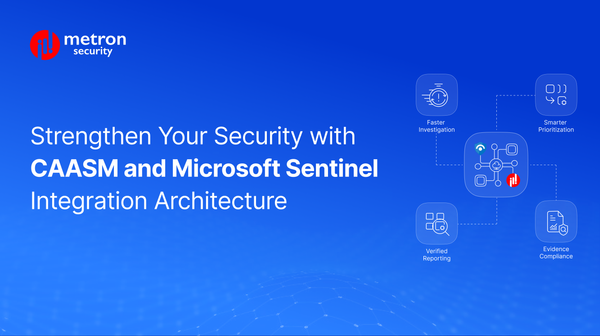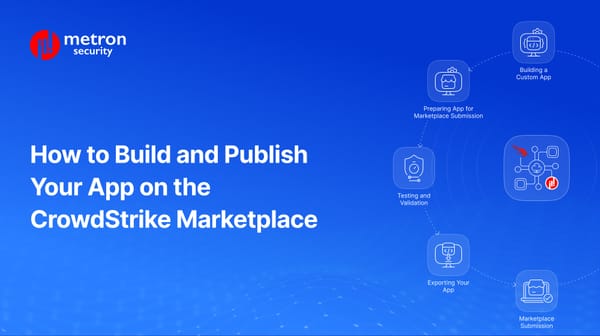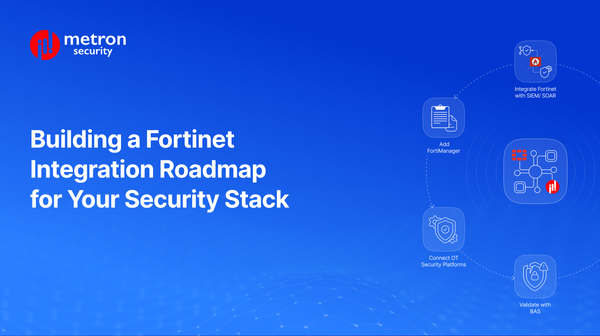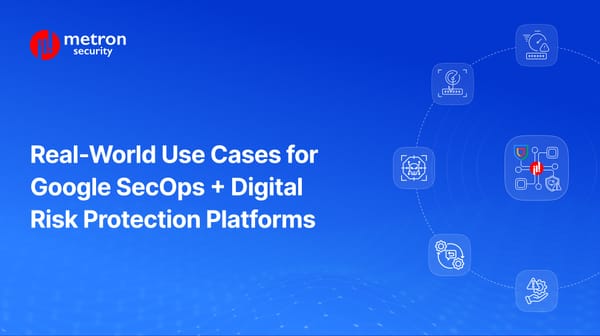5 Compelling Cybersecurity Use Cases for XDR Integration
Discover 5 compelling use cases for your XDR integration.
Anmol Jain
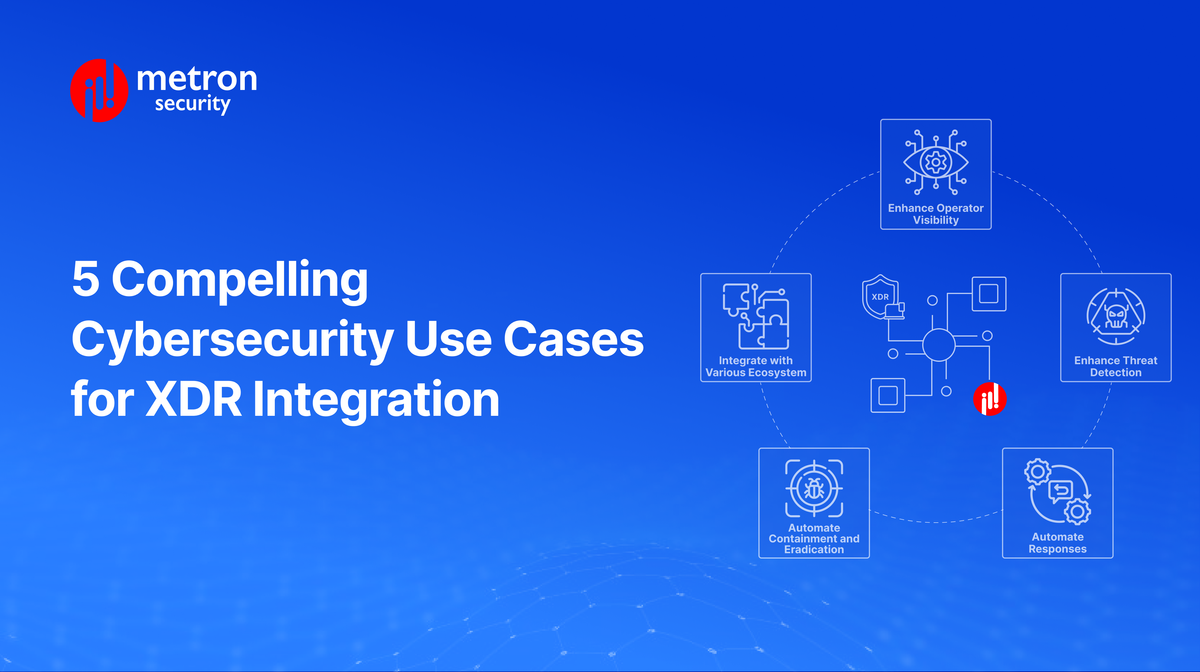
With the ever-increasing proliferation of attack vectors, ranging from endpoints to networks and the cloud, many enterprises adopt individual best-in-class solutions to address specific vulnerabilities associated with each vector.
XDR (Extended Detection and Response) delivers a comprehensive approach to your cybersecurity ecosystem. It differs from the traditional approach that often saw tools and systems operate within their respective silos. XDR, on the other hand, is all about creating a holistic, interconnected view of your entire organization’s security and tools.
In this blog, we'll walk you through 5 compelling use cases for your XDR integration.
- Enhance Operator Visibility Across Stacks
XDR's ability to ingest data from diverse sources, including endpoints, networks, cloud environments, and IoT devices, creates a unified security operations center (SOC). This eliminates blind spots and provides a comprehensive view of the attack surface.
Example: by correlating endpoint behavior with network traffic, security teams can detect lateral movement and identify compromised systems more effectively.
XDR platforms offer real-time threat detection and response capabilities. By processing and analyzing data in real-time, security teams can quickly identify and respond to threats before they escalate. For example, detecting a ransomware attack in its early stages can significantly mitigate its impact.
XDR also enables security teams to conduct more effective threat hunting by correlating data from various sources. By identifying unusual patterns or anomalies, security analysts can proactively discover hidden threats. For instance, detecting suspicious login attempts from unusual geographic locations can indicate a potential account takeover.
- Enhance Threat Detection with Automated Threat Intelligence
XDR platforms automatically correlate incident data with threat intelligence feeds, providing security analysts with crucial context. By understanding the threat actor, tactics, techniques, and procedures (TTPs), security teams can prioritize incidents and develop effective response strategies.
Example: linking a detected malware sample to a known ransomware campaign can accelerate incident response.
XDR's ability to leverage threat intelligence feeds facilitates proactive threat hunting. By searching for indicators of compromise (IOCs) associated with specific threat actors or campaigns, security teams can identify potential threats before they materialize. For instance, detecting a command-and-control (C&C) server associated with a known malware family can prevent a successful attack.
Accurate threat intelligence helps reduce the number of false positives generated by security tools. By filtering out irrelevant alerts, security teams can focus on high-priority threats, improving efficiency and reducing alert fatigue.
- Automate Responses Seamlessly Across Diverse Domains
XDR platforms automate routine tasks such as containment, eradication, and remediation, significantly reducing response times.
Example: upon detecting a ransomware attack, XDR can automatically isolate the infected endpoint, block malicious traffic, and initiate incident response procedures.
By automating repetitive tasks, XDR frees up security analysts to focus on more complex and strategic activities. This enables faster incident resolution and reduces the risk of human error. For instance, XDR can automatically create incident tickets, assign responders, and update stakeholders on incident progress.
Automation improves overall operational efficiency by optimizing resource utilization. XDR can prioritize incidents based on severity and automate routine tasks, ensuring that critical threats are addressed promptly.
- Automate Containment and Eradication Across Domains
XDR platforms can quickly isolate infected systems or endpoints to prevent the spread of malware. By containing the threat, XDR helps mitigate potential damage and facilitates effective remediation.
Example: XDR can automatically quarantine infected endpoints and revoke their network access.
XDR also combines multiple response actions to eliminate threats from the environment. By removing malicious files, blocking malicious IP addresses, and updating affected systems, XDR ensures the threat is fully eradicated.
Swift containment and eradication help reduce the impact of security incidents. By limiting the spread of malware and preventing data loss, XDR protects critical assets and business operations.
- Integrate with Various Ecosystem Technologies
XDR serves as a central hub for integrating and orchestrating various security tools. By correlating data from different sources, XDR provides a comprehensive view of the security landscape.
Example: XDR can integrate with SIEM, EDR, and firewall solutions to create a unified security platform.
By combining the strengths of different security solutions, XDR enhances overall security posture. For instance, integrating XDR with a vulnerability management tool can help prioritize patch management efforts based on threat intelligence.
Seamless integration between XDR and other security tools facilitates efficient incident response and investigation. By sharing incident data and automating workflows, XDR accelerates incident resolution. For example, XDR can automatically enrich incident tickets with data from SIEM and EDR, providing analysts with the necessary information to investigate and respond effectively.
Conclusion
By unifying disparate security tools and data sources, XDR empowers security teams with enhanced visibility, accelerated threat detection, automated response capabilities, and improved overall efficiency.
As demonstrated through these 5 compelling cases, XDR's potential to transform security operations is undeniable. By embracing XDR, organizations can significantly reduce the risk of breaches, minimize downtime, and protect their critical assets.
Are you considering embracing the full potential of XDR? Metron is a trusted integration partner of many of the cybersecurity industry’s leading providers and platforms. Reach out to us at connect@metronlabs.com and we’ll be happy to discuss how we can help your organization elevate its security integrations to third-party applications.

